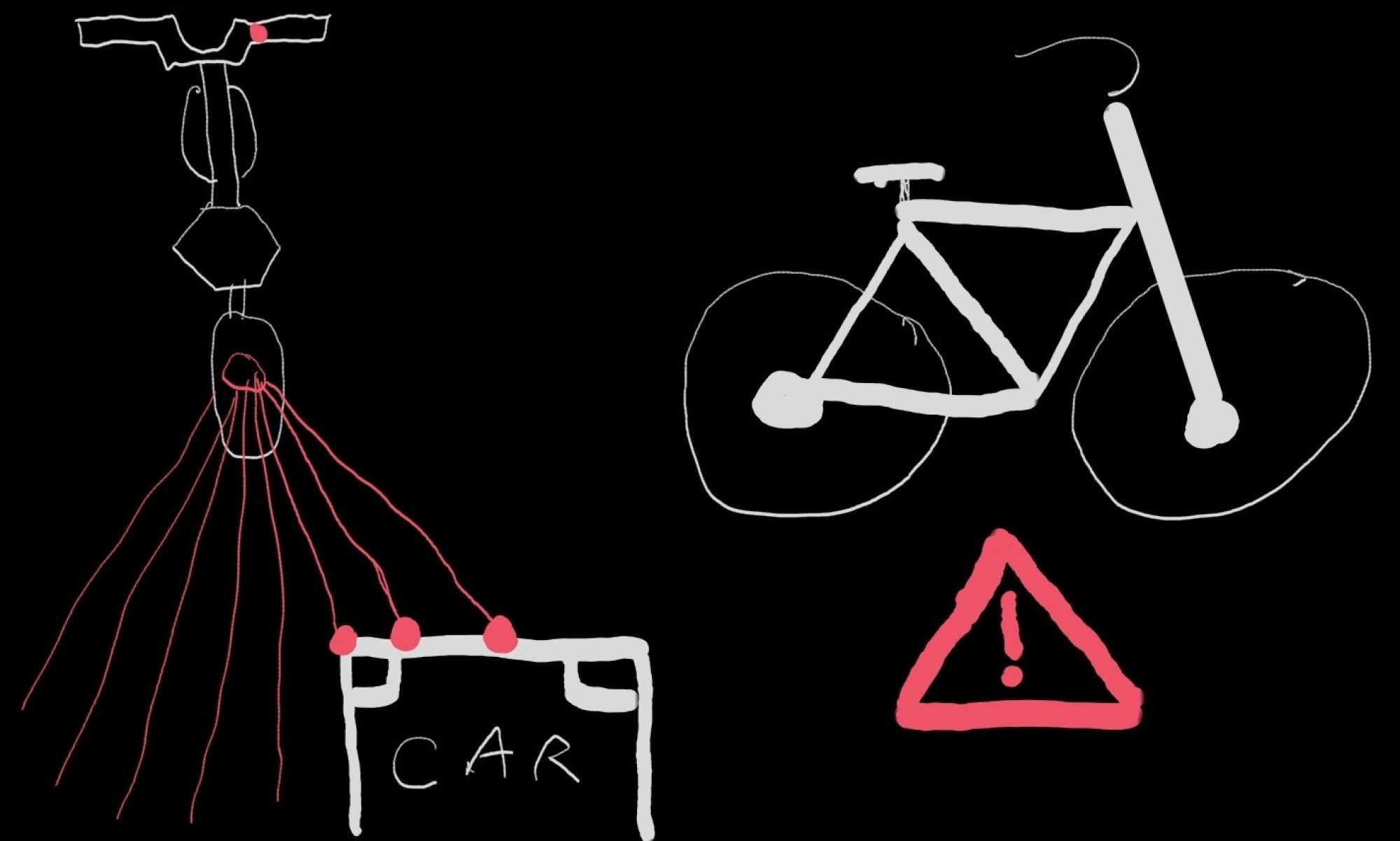We started the week as a team by making sure that having two sensor running next to each other would not create interference by running a quick test of them on Frew street though without particular measurements as it was just for proof of concept. We have gotten some data back for single data testing in measured conditions, but the metal railing of the parking garage seems to have created a fair amount of interference so it is hard to isolate the data from the car alone. Between Emily and Albany the LEDs have been soldered together and tested to make sure they were controllable and I believe the driver for STM is also close to being stood up. Further we have most of our 3D printed mount parts to start assembling everything into a more compact format once, though it was discovered that we would need to make an extension for the LED signaling lights as the was erroneously excluded from the print plans.
Albany’s Status Update 6 NOV 2021
This week I removed the memory management from the signals processing code and changed the functions so they used passed in arrays that could be stored on the stack to prepare the code for integration. Theoretically code integration should have happened last week, but we did have an extra integration week and refinement week built into the schedule before Thanksgiving to allow for some flexibility. I also took one of our sensors to the roof of the East Campus parking garage and recorded data from it from a selection of distances while stationary and also while walking towards and away from the target car. Finally, I also spent a couple hours in the lab learning how difficult it is to solder very small LED contacts to connection wires. Things sped up significantly after I found some better solder, and I ended up making the two side rear groupings of three LED strips each. I also hotglued over the connections for those grouping and for the handlebar and brake light strip Emily soldered to protect the connections and provide support given the small contacts. Next week I plan to discuss with Emily my current plan for passing information to the handlebar LED controller. I’ve been told we have 7 bits to control the 3 sections we have with 4 states each so each section could be controlled by two bits, leaving to possibly be flipped to indicate a new object and flash the bar. I believe Jason is also ready to integrate the signals processing code so I want to walk through the simplified version of it that currently exists with him and make sure we have remained on the same page for the interface between our code and that something hasn’t been lost in translation.
Emily Clayton’s Status Report 11/6/2021
This week I initially re-soldered some of the LEDs, and then passed that off to Albany to finish off. Last week I had created the testing code for the LEDs, and this week I made and tested the functions that the Arduino will use when receiving data from the STM. Now Albany and I had to finalize what kind of inputs the Arduino will receive from the STM, then the LED portion will be done aside from hooking them onto the bike. I uploaded this code and the CAD files that were on my W drive into our git repository.
My plan for next week is to work on getting the battery power going for the whole system so we can start testing the entire thing in real world environments. I had to rework some of the capacitor/inductor selections for the 5V and 8V buck converters, since my values from last time were wrong. Even though we have the demos on Monday and Wednesday, I would still like to get everything for the battery power sorted by then, so by next week we can start testing with the batteries.
Jason’s Status Update 10/30/2021
This week, I kept working on the Arduino to test communication with the sensor. Through some debugging of my Python client, I was able to fix the issues mentioned in last week’s status report and start streaming data to the computer in the correct format.
This enabled us to do some testing with one of the sensors, from which we observed that although the distance data may not be correct, the spectral lines seem to be outputting reasonable values from which we are able to determine the distance.
I also wrote some code to store the spectral data arrays into a .csv file for further analysis, although we did not yet get data of actual scenarios. That is planned for next week, when Emily’s bike mount will be completed.
My plans for next week also include streaming the sensor data to the computer using the STM32 to verify the device drivers, and extending the Arduino’s code to support dual sensors, so that we can test interference between sensors. If more time is present, I will also enable the built-in accelerometer on the STM32, and start writing the drivers to control LEDs.

